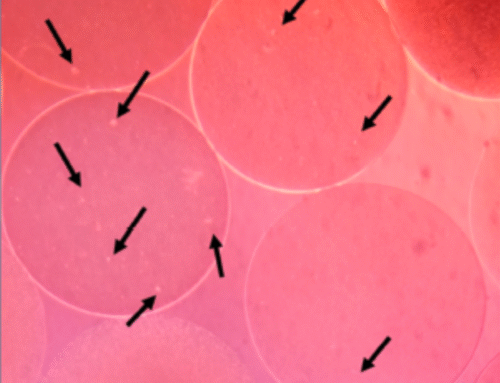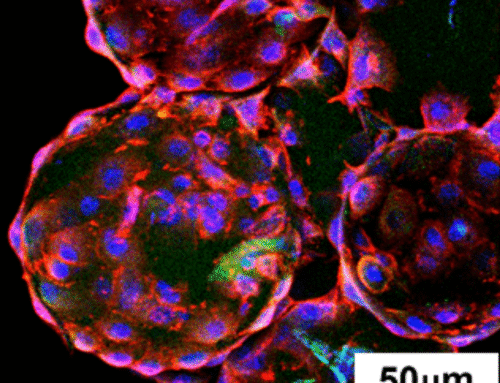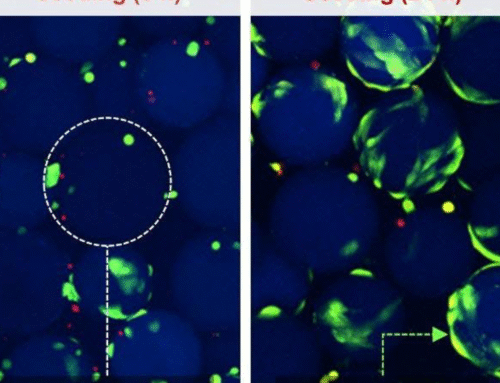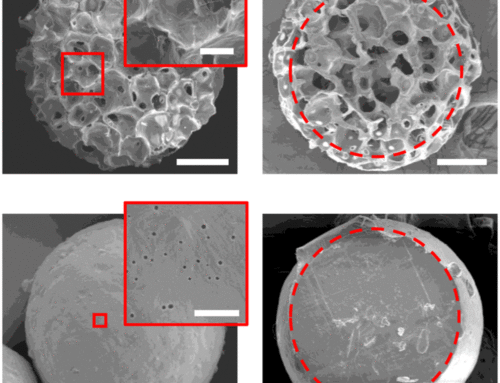RoosterBio, Inc. recently hosted a webinar titled Exploring MSC-EV Attributes: Analytical Comparison of Tissue Sources & Production Platforms. In this session, Dr. Elie Zakhem (Associate Director, Analytical Development and Services) and Dr. Stephen Lenzini (Senior Scientist) presented key insights on how different tissue sources and production platforms shape the characteristics of mesenchymal stem cell (MSC)-derived extracellular vesicles (EVs). The discussion showcased RoosterBio’s in-house data and experience, illustrating how these factors influence EV quality and scalability for therapeutic use.

The Growing Role of MSC-Derived EVs in Regenerative Medicine
MSC-derived EVs continue to attract attention due to their regenerative potential and therapeutic versatility. These vesicles, packed with proteins, lipids, RNA, and other bioactive components, facilitate intercellular communication and tissue regeneration. Given their easier regulatory path compared to whole-cell therapies, they are emerging as a practical solution in clinical settings.
The presenters underscored the need to optimise EV production systems to consistently achieve high-quality outputs suitable for therapeutic deployment.
How Tissue Source and Production Platform Affect MSC-EV Quality
Analytical Tools for Characterising EVs
To ensure that EVs meet clinical quality standards, the speakers introduced several analytical techniques:
- Nanoparticle Tracking Analysis (NTA): Measures particle concentration and size, revealing effects of culture parameters.
- Capillary Electrophoresis: Detects surface proteins like CD63 and CD9, confirming EV identity.
- Quantitative PCR: Profiles RNA cargo to assess functional characteristics.
- Cd73 Activity Assay: Used to measure EV-associated enzymatic activity, providing insights into the functional potency of MSC-EVs across different donors and tissue sources.
These tools are essential for verifying critical quality attributes (CQAs) and ensuring therapeutic relevance.
Tissue Source and Donor Variability
Donor-to-donor differences can affect EV characteristics, even within the same tissue type. The presenters stressed the importance of rigorous donor selection to maintain consistency in EV profiles—an essential step in therapeutic development.
Regulatory Considerations for MSC-EV Therapies
As MSC-EV products move toward clinical adoption, regulatory compliance becomes a priority. The webinar outlined the role of Chemistry, Manufacturing, and Controls (CMC) documentation in regulatory submissions and emphasised the need for standardised production and detailed analytical validation.
Conclusion: Optimising MSC-EV Production for Clinical Applications
The webinar delivered actionable insights for researchers in the EV field. From the impact of source variability to the promise of scalable 3D culture systems and the use of advanced analytical tools, the session reinforced best practices in EV development.
As MSC-EV therapies edge closer to clinical reality, focusing on these parameters will be critical to ensuring product quality and consistency.
Watch the full webinar here: Exploring MSC-EV Attributes: Analytical Comparison of Tissue Sources & Production Platforms






Leave A Comment